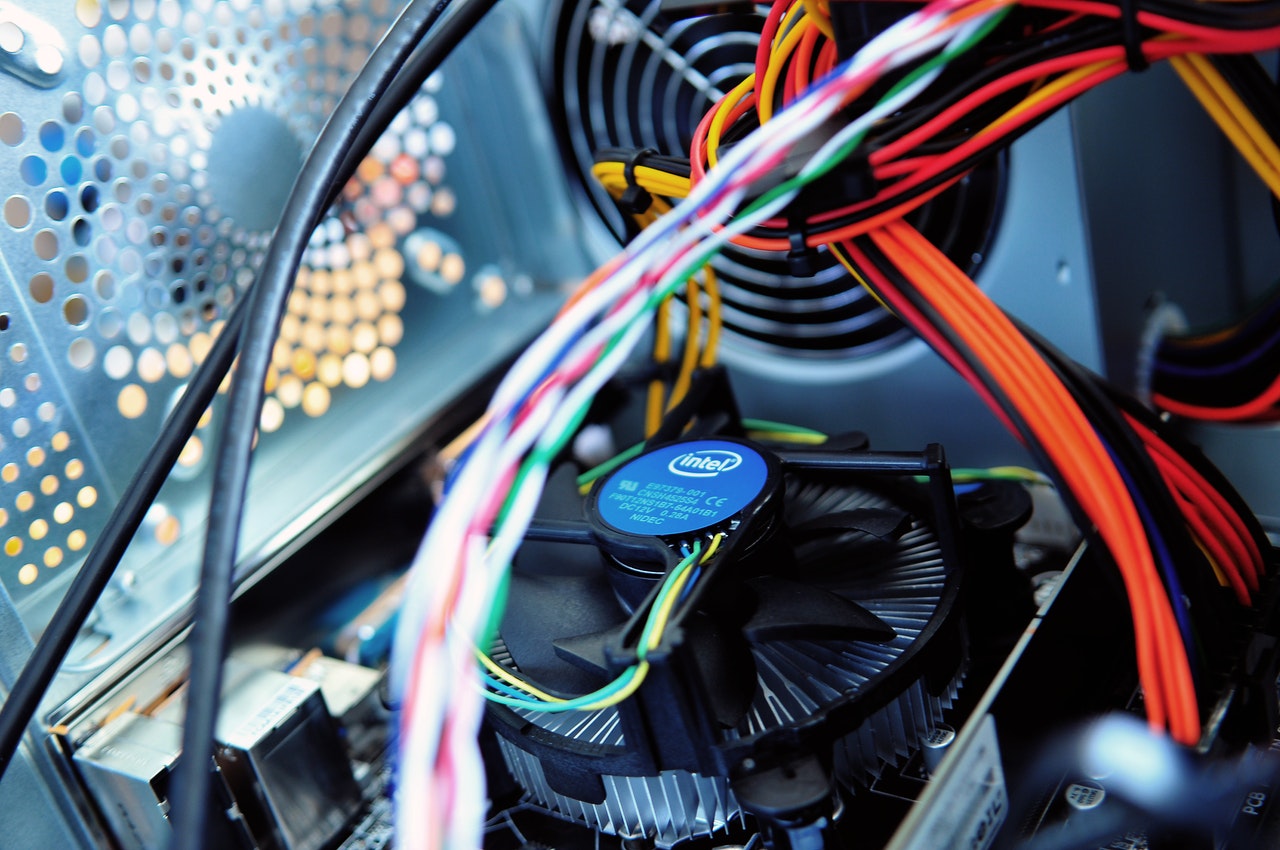The first and best piece of advice is, don’t panic! Relax, many of the computer problems appear more severe at first glance than they are in reality. It may seem like your computer hard drive has crashed, possibly all your essential data accumulated over the last four years is now irretrievable. The good news is that almost anything can be fixed, in some cases in a matter of minutes. Nevertheless, catastrophic data loss can still happen. Better to prepare for them than wait for the catastrophe to occur.
The first rule is; back up. If your critical data is backed up periodically, you won’t lose that data. Backup software is particularly necessary for business, as it contains sensitive and compromising data. There is no need to backup apps, as these can be reloaded, and software can be reinstalled. What you really do need to do is focus on your documents. Make sure they are backed up.
The next step is to check if there really is a problem. If you can’t switch on your computer, first check the basics. The cables, connectors, power leads and switches. Make sure they are all connected correctly. If you are using a cable extension, check that as well. Having a surge protector is a good idea because when there is a power surge, the expensive hardware won’t fry. Check to see if your computer screen is on correctly and the brightness and contrast are adjusted correctly and not blacking out the screen.
Knowing and understanding the basic workings of your computer will save you time, money, and panic! It also helps when explaining to a computer technician or service company. They may ask specific questions about your computer when they call, based on the problems the computer is exhibited. Knowing the brand name and model number of your computer is vital. This can often be indicated on the front of the unit. You will need to know the type of microprocessor and its speed. This may also be shown on the front of the computer. Know the operating system, such as Windows 10, Windows 8, or Mac OS X. Knowing the total RAM: Random Access Memory which determines the number of programs that can be run on the PC simultaneously. It is generally measured in gigabytes, for example, 8 GB of RAM. If there is a problem with the monitor, you need to know the size and the manufacturer of your monitor.
The purchase date and the warranty information, to determine if it is under guarantee, in which case the computer may qualify for free service by the manufacturer. You should also try to recall which programs were active when the problem occurred. Look for clues and write them all down. They will help later when determining the real problem. Was there an error code message on the screen right after the incident? It might be helpful to diagnose the problem and help to repair it.
Think about if you changed anything on your computer recently. Try to pinpoint exactly when and where the trouble first surfaced. Did the problem coincide with recent changes you may have made? Have you changed any of computer system settings? Perhaps you installed new software? Maybe anyone else accessed your computer recently?
Rebooting the system can do wonders if you are experiencing some unusual computer activity or problems. This is a straightforward process and can be started by going to the Start Menu, or the Apple menu and selecting the Shutdown option. If that doesn’t work, try a forced reboot, which alas won’t save your work. This is fine by pressing the CTRL-ALT-DEL keys, and on a Mac, pressing CMD-CTRL and power simultaneously. Failing that, switch off the computer from the power switch, strictly as a last resort. Wait the twenty seconds, and restart the computer, keeping your fingers crossed and hope for the best! Once you switch on successfully, check out your Microsoft Word, as the system has automatically timed backups, so some of your work may have been saved before the blackout. If your computer does not start up for whatever reason, you will need to call and arrange service. An additional precaution you can take is regularly scanning for viruses. Try to use the latest virus protection software, it’s worth its weight in gold!

